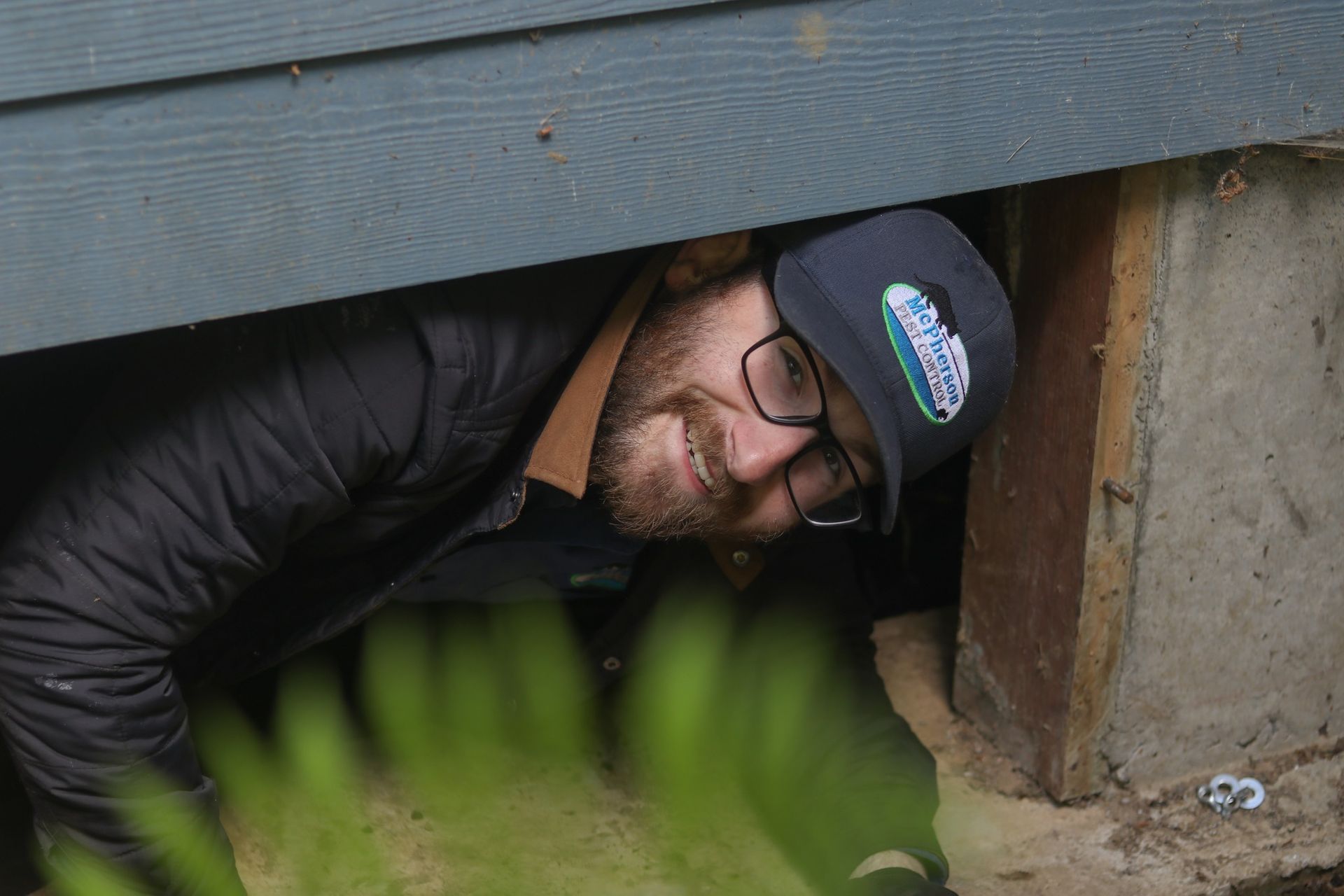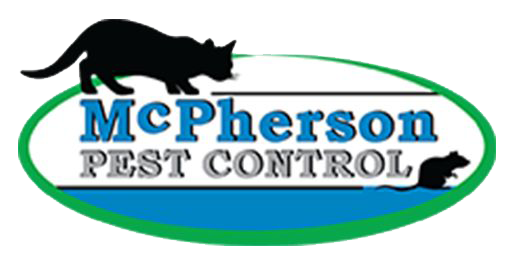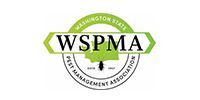Rodents in Arlington
Preventing Rodents in Arlington, WA

The Need for Rodent Control in Arlington, WA: Addressing the Impact of Bird Feeders, Wildlife Feeders, and Chicken Coops.
Arlington, with its lush forests and rural charm, is a haven for nature lovers and homeowners alike. However, the very elements that make the area appealing to humans also attract wildlife—particularly rodents. Over the years, the population of mice, rats, and other rodents has surged, and local residents have started noticing the growing need for rodent control. A significant contributor to this surge is the presence of bird feeders, wildlife feeders, and chicken coops. While these features of suburban life are loved for attracting wildlife, they inadvertently create a perfect environment for rodents to thrive.
The Attraction of Bird Feeders
Birdwatching is a popular hobby in Arlington, and bird feeders are a common sight in many backyards. Unfortunately, the seeds that fall from these feeders provide an easy food source for rodents. Seeds are rich in nutrients, making them an attractive option for mice and rats, who are often more than happy to scavenge in areas with abundant food. When left unattended, fallen seeds can accumulate, creating a food-rich environment that encourages rodents to settle nearby. Additionally, the birds themselves may inadvertently drop seeds that end up providing even more sustenance for rodents.
Not only does this food supply lure rodents, but bird feeders often attract other wildlife, such as squirrels, which can also contribute to rodent problems. As the wildlife feeders become an ongoing food source, rodents are more likely to build nests in nearby attics, basements, or other hidden spaces within homes.
Wildlife Feeders and Rodent Habitats
Wildlife feeders are another key element contributing to the rise in rodent populations in Arlington. Many residents enjoy feeding deer, squirrels, raccoons, and other wildlife, believing it to be a harmless or even beneficial activity. However, wildlife feeders provide abundant food supplies that attract not only the intended species but also rodents. Whether it's corn, peanuts, or other grains, these feeders often serve as a buffet for various wildlife, and rodents are quick to take advantage.
In addition, some wildlife feeders are designed to dispense food in open, accessible areas, making it even easier for rodents to find and consume the food. When rodents can feed easily in one spot, they are more likely to stick around, establishing nests in nearby structures or under porches, decks, and sheds. This proximity to human habitation can make rodent control even more challenging, as the pests venture inside homes in search of additional shelter and food.
Chicken Coops: A Prime Habitat for Rodents
For many Arlington residents, raising chickens is a rewarding and sustainable way to provide fresh eggs. However, chicken coops can become a magnet for rodents if not properly managed. Chickens themselves consume large quantities of food, and spilled feed can easily attract rodents. Additionally, the warmth and shelter of a chicken coop provide an ideal nesting site for mice and rats, especially during the colder months.
Rodents are opportunistic creatures, and if they discover an easy food source in the form of chicken feed or eggs, they will often make the coop their home. Unfortunately, this can lead to more than just a rodent infestation; rodents can also spread disease and damage the coop, leaving homeowners with more costly and time-consuming problems.
The Importance of Rodent Control
The increasing rodent pressure in Arlington is a growing concern for homeowners and public health. Rodents carry diseases such as Hantavirus, leptospirosis, and salmonella, which can be transmitted to humans and pets through their droppings, urine, or saliva. They can also cause significant damage to property, chewing through wiring, insulation, and structural components of buildings.
Proper rodent control involves reducing the food and shelter opportunities that attract them in the first place. Homeowners who enjoy bird watching or feeding wildlife should be aware of the potential risks and take steps to minimize food waste and keep feeders clean and secure. For chicken owners, it’s important to store food in rodent-proof containers and regularly inspect coops for signs of infestations.
Additionally, keeping the perimeter of the home free from debris, overgrown vegetation, and other potential rodent hideouts can help deter rodents from entering the home. Sealing cracks, gaps, and holes in foundations and walls is also essential for preventing rodents from gaining access to the interior.
Conclusion
While bird feeders, wildlife feeders, and chicken coops are beloved features of many Arlington homes, they can unintentionally create the perfect environment for rodent populations to thrive. By taking proactive steps to reduce attractants and maintain proper sanitation, homeowners can enjoy the beauty of wildlife without the headache of a rodent infestation. With effective rodent control measures in place, Arlington residents can protect their homes, health, and peace of mind while continuing to live harmoniously with nature.
post goes here. To edit this text, click on it and delete this default text and start typing your own or paste your own from a different source.






Share On: